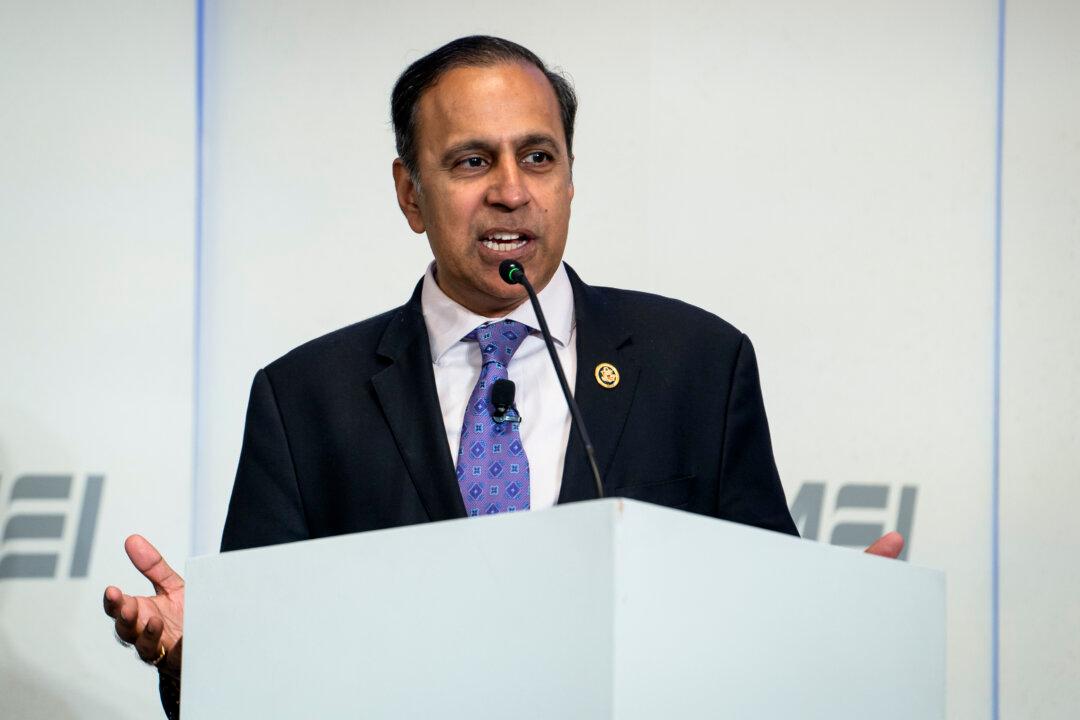A blank sheet of white paper has become the latest symbol of defiance in communist China.
From Beijing to Shanghai, throngs of protesters over the weekend held wordless papers high to vent their frustrations about the regime’s harsh COVID rules, while digital white rectangles inundated feeds on the country’s largest social media platform WeChat—even as censors scrambled to scrub them off the web.





